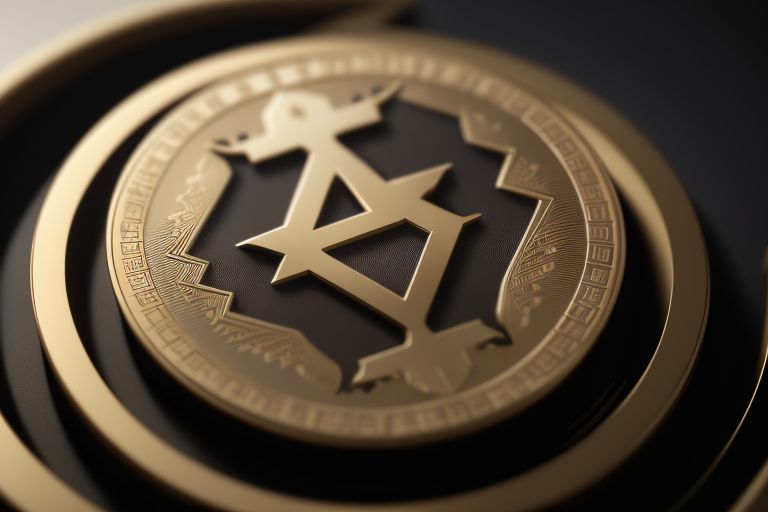XRP the native digital currency of the XRP Ledger has been hot topics for discussion within the crypto sphere. Launched in 2012, the XRP was developed by Ripple Labs as a means of transferring funds across the world at extremely low costs and in the shortest time possible and it also acts as a bridge currency for the financial institutions. However, the company registered some problems during its operation, such as the long-lasting lawsuit with the U. S. Securities and Exchange Commission (SEC), although XRP is one of the most recognizable and popular cryptocurrencies in the market at the moment.
Basically, the main value that XRP holds is that it is capable of processing transactions at a very fast and effective manner. Notably, while it could take somewhere between couple of minutes to confirm a transaction, XRP can settle payments in as little as 3-5 seconds. This speed, coupled with an almost freeless transaction fee makes XRP ideal for cross border payments and remittances.
Ripple has a payment network through which financial institutions can use XRP as an intermediate currency, thereby eliminating the nostro account in the foreign bank.
Total XRP tokens are fixed at 100 billion with a little over 45% circulated in the market as of early 2018. The rest is to be held in reserve by the Ripple company; some is released gradually for funding developments and the expansion of the network. This controlled release mechanism has been a point of controversy to some by arguing it defeats the purpose of decentralization of cryptocurrencies as embraced by crypto enthusiasts.
Nevertheless, the proponents of this model point to this as a factor that makes it easier to predict the stability of the token’s supply. The XRP ledger which is the underlying technology of XRP utilizes the Ripple Protocol Consensus Algorithm as its consensus mechanism.
This system is more efficient than Bitcoin by its proof-of-work method which has raised the concerns of efficiency of cryptocurrencies in the current world. Truthy for the RPCA, and this is interesting because Ripple just runs a small set of these nodes to be able to regulate the process while having a certain decentralization.
Arguably the greatest event in the XRP history has been the legal battle between Ripple and the SEC that began in the last quarter of 2020. The SEC claimed that ripple had engaged in an unlawful securities offering through the creation of XRP. This legal battle continue to aversively affect XRP with regards to its market performance and its overall adaptability.
That being said, the recent trends in the case have been generally beneficial to Ripple and a recent decision of the court stated that programmatic sales of XRP to the general public was a form of investment contracts. This partial victory has brought the attention back to XRP and also created optimism with the future of XRP being painted as very bright.
However, legal battles never stopped Ripple from adding more partners and bringing in more applications for XRP. The company has also concentrated on expanding its services on central bank digital currencies (CBDCs) and advance the innovation of decentralized finance (DeFi) use cases. Such measures combined with a realistic chance of the SEC case being solved can catalyse even higher utilisation and XRP’s price rise.
All in all, the prospects of XRP’s value are rather optimistic, yet very foggy at the same time. It has proved so resilient amidst regulatory actions as well as fluctuations in the market place. When and if Ripple definitively clears all the legal matters surrounding it and constantly adds new firms to its list of clients, then XRP has the potential of massive uptick in usage as well as appreciation. This coupled with speculation by Ripple leadership of an IPO also has the potential to greatly enhance the brand and fortunes of XRP.
But they should be careful especially the investors and other enthusiasts of the technology. Cryptocurrencies’ market is highly unpredictable and prone to an unexpected downfall and a sudden surge in prices, and the nature of legal regulation does not stay the same. Although it was seen that XRP has the possibility of becoming an instrument that is capable of changing cross-border transactions, its acceptance will be shaped action by financial institutions and technology.
Therefore, it can be concluded that XRP is currently at the crossroads of great potential but numerous obstacles and immense prospects. All these aspects combined with constantly expanding environment and possible settlement of the legal issues makes it one of the most interesting cryptocurrencies to look at in the following years. Prolonged growth in the digital asset ecosystem may prove that the path similar to that of XRP will be a model for blockchain integration into the system of international financial relations in the future.
